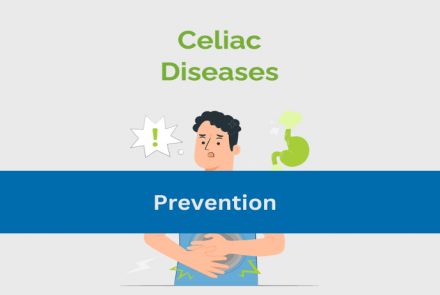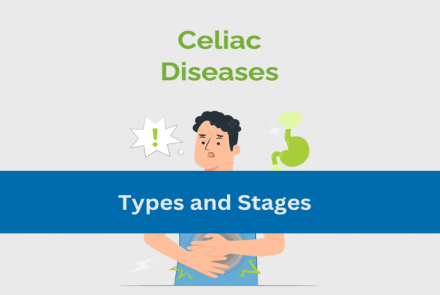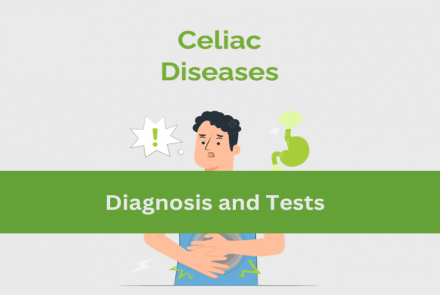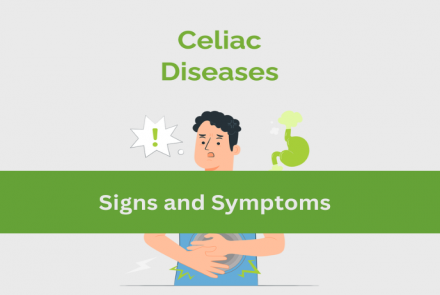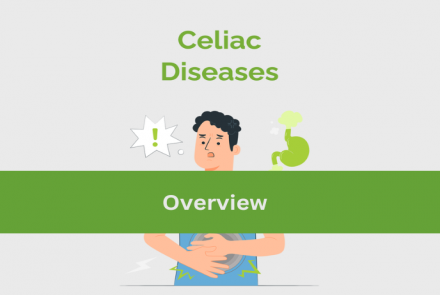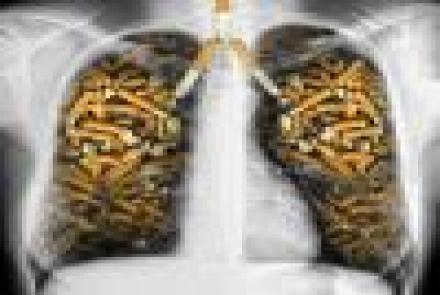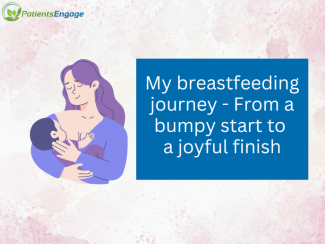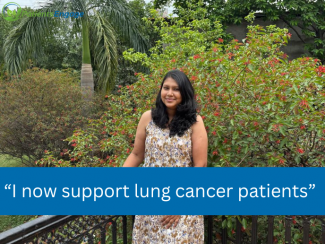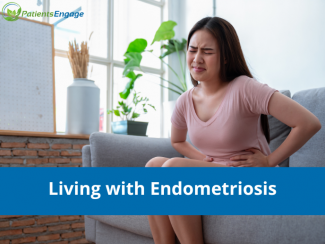Principles of a lifestyle free of gluten will entail:
Avoid all foods made from wheat, rye and barley. Examples – daliya, wheat roti, paratha, noodles, pasta, naan, kulcha, poori, breads, biscuits, buns, patties, cookies, all sooji, vermicelli and maida items. Be aware of hidden sources of gluten and make your choice.
Condiments such as soy sauce, salad dressing, cheese spreads, bottled smoothies and milk shakes, malt vinegar also contain gluten.
Processed foods are most likely to…
Latest Stories
- There is no cure for celiac disease. The only treatment is gluten-free diet which does not contain wheat, rye, barley and their derivatives. Gluten is found in biscuits, bakery items, saucesbread, pasta, breakfast cereals, snacks and other processed foods. Don’t forget to read food labels and see for gluten free alternatives. The disease severity will be varying depending on the patient’s immune response. Some patients can ingest small amounts of gluten without developing symptoms, while others…
- Can Celiac Disease be prevented? Celiac disease cannot be prevented. But if you have celiac disease, you can prevent the flare-up of symptoms and continual damage to your small intestine by adhering to a strict gluten-free life. For a gluten free diet, read more in Celiac Disease Management section. References: https://www.schaer.com/en-int/faqs/types-of-coeliac-disease https://nationalceliac.org/resources/what-is-celiac-disease-2/?gad_sour… https://www.worldgastroenterology.org/guidelines/…
- Doctors often use Modified Marsh classification based on histopathology to understand various levels of intestinal damage identified in biopsy. Stage 0 – Pre infiltrative mucosa considered as normal. Stage 1 – Increase in the number of intraepithelial lymphocytes (IELS) to more than 25 per 100 electrolytes with a normal crypt/villi ratio. Stage 2 – In addition to the increased IELS, there is an increase in crypt depth without a reduction in villus height. This is known as crypt hyperplasia.…
- Consultation of gastroenterologist and dietitian is important for diagnosing and managing this disease. In order to diagnose the condition, the doctor may suggest some of the following: Physical examination and review of medical history. Blood tests– To measure levels of antibodies and to detect nutritional deficiencies (iron levels). Antibodies such as immunoglobulin A (IgA) anti tissue transglutaminase (tTG) antibodies, IgA anti endomysial antibodies (EMA) and IgA anti deamidated gliadin…
- Here are some of the symptoms of Celiac Disease: Digestive problems – Abdominal bloating, pain, gas, diarrhea, pale stools and weight loss Dermatitis herpetiformis – Severe skin rash Iron deficiency anaemia – Low blood count Growth problems and failure to thrive Musculoskeletal problems – Bone and joint pains, muscle cramps Seizures Tingling sensation in the legs – Caused by low calcium levels and nerve damage Apthous ulcers – Sores in the mouth Missed menstrual periods. Digestive…
- Normally, the body’s immune system is designed to protect it from foreign invaders. But when people with celiac disease eat foods containing gluten, their immune system forms antibodies to gluten, attacking the intestinal lining, causing inflammation in the intestine and damaging the villi (hair-like structures seen on the lining of the small intestine). If the villi are damaged, the person cannot absorb nutrients properly and ends up with malnourishment. Are you at risk of developing celiac…
- What is celiac disease? Celiac or Coeliac Disease is also known as celiac sprue or gluten sensitive enteropathy. This is a digestive and inherited autoimmune disorder that causes damage to the lining of the small intestine (villi) when foods with gluten are eaten. Villi are finger like projections that protrude from the lining of small intestine. They help in digestive process by maximizing the nutrient absorption. Image 1: Normal villi and villous atrophy in celiac disease Gluten…
- It is important to manage COPD if you do not want the complications to set in. The possible complications are: Heart failure Respiratory failure Food and nutrition Drink plenty of fluids. You should drink at least 6 to 8 -ounce glasses of non-caffeinated beverages each day to keep mucus thin and easier to cough up. Limit caffeine (contained in coffee, tea, several carbonated beverages such as cola, and chocolate) as it might interfere with some of your medicines. Control sodium (salt)…



